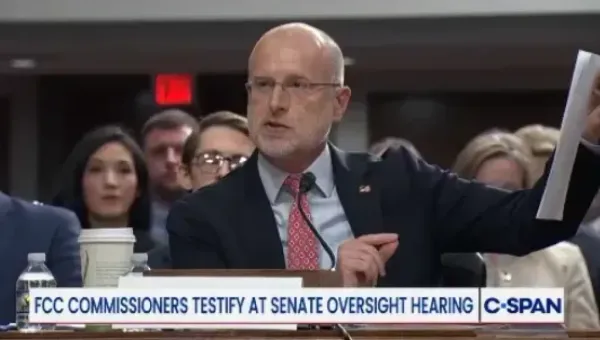FCC Creates Standardized Process for Cell Tower Siting, Discusses Broadband ‘Gaps’
WASHINGTON, November 22, 2009 – In unanimous 5-0 decision, the commissioners of the Federal Communications Commission voted Wednesday to standardize the application process for tower siting requests. Advocates of the move said that the action marked another step by the agency to speed adoption of b
WASHINGTON, November 22, 2009 – In unanimous 5-0 decision, the commissioners of the Federal Communications Commission voted Wednesday to standardize the application process for tower siting requests.
Advocates of the move said that the action marked another step by the agency to speed adoption of broadband in the United States. For example, FCC Commissioner Robert McDowell said, “We are promoting broadband by removing roadblocks to its development.”
The application process for tower siting had previously been governed by a provision of the Communications Act stating that applications must be processed within “a reasonable amount of time.” After Wednesday’s decision, the FCC now interprets that to mean 90 days for towers with co-located telecommunications equipment, and 150 days for all other towers.
“Sometimes the commission needs to act to spur innovation,” said commissioner Julius Genachowski about the FCC’s ruling. The commissioners stressed that they were not limiting the power of state and local governments, but said that they were giving direction to them to help speed the development of broadband infrastructure.
“Consumers suffer when government stands in the way of action that will improve quality of life,” added Commissioner Mignon Clyburn.
The agency also ruled that state and local governments may not deny a wireless service facility siting application because service is already available through another provider. But the ruling denied wireless association CTIA’s request that the agency find it a violation of law for a state or local regulation to require a variance or waiver for every wireless facility siting.
This ruling preceded an update from the U.S. Broadband Coalition on the progress of the National Broadband plan. Blair Levin, director of the FCC’s broadband initiative, outlined the purpose of the update:
- Describe the most important broadband gaps
- Ensure public awareness of areas of inquiry and start focused discussion of solutions
- Set the agenda for the next 91 days
The discussion on “gaps hindering adoption” tracked a report presented one week earlier by the Adoption and Use Working Group of the non-profit U.S. Broadband Coalition.
Key gaps included the “middle mile” – or areas between the Internet’s backbone and last-mile consumer access – plus affordability and spectrum gaps.
On the topic of the middle mile gap, Levin shared a recent statistic showing that the cost per subscriber for transit and transport to provide fixed broadband in rural areas is 25 times greater than in urban areas.
Additionally, the Universal Service Fund does not directly pay for these costs. “There’s not a lot of accountability about how much support goes to broadband versus telephone,” said Levin.
The spectrum gap is also cause for concern, stated Ruth Milkman, a member of FCC’s broadband task force. She said that the United States could face a spectrum shortage as soon as 2013.
A concern was raised by FCC Chairman Julius Genachowski whether or not the agency’s task force would continue to issue and analyze request for public comment. These comments have provided invaluable feedback, but the concern is that with so little time remaining, will they benefit the agency or just distract it?
“There’s no concrete answer for that,” said Levin. “We want to stay open to new great ideas. We never want to cut of creative thinking.”








Member discussion